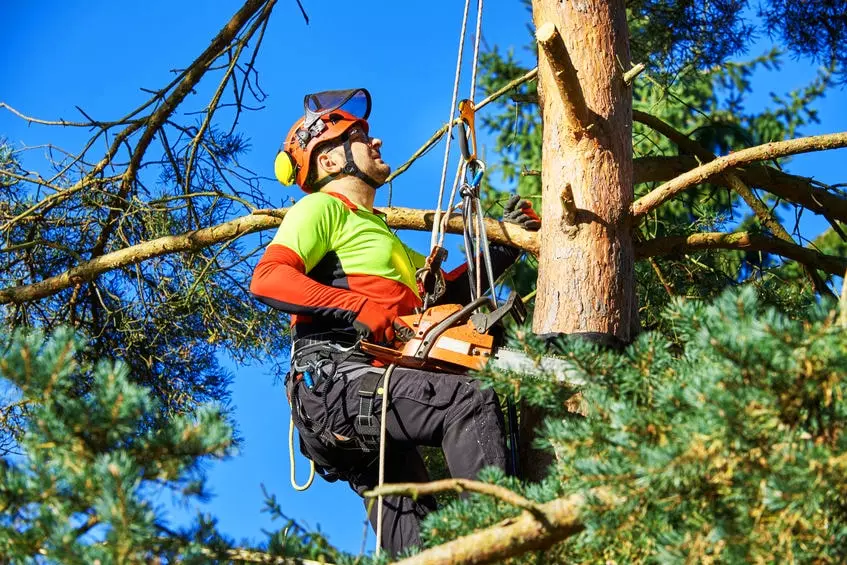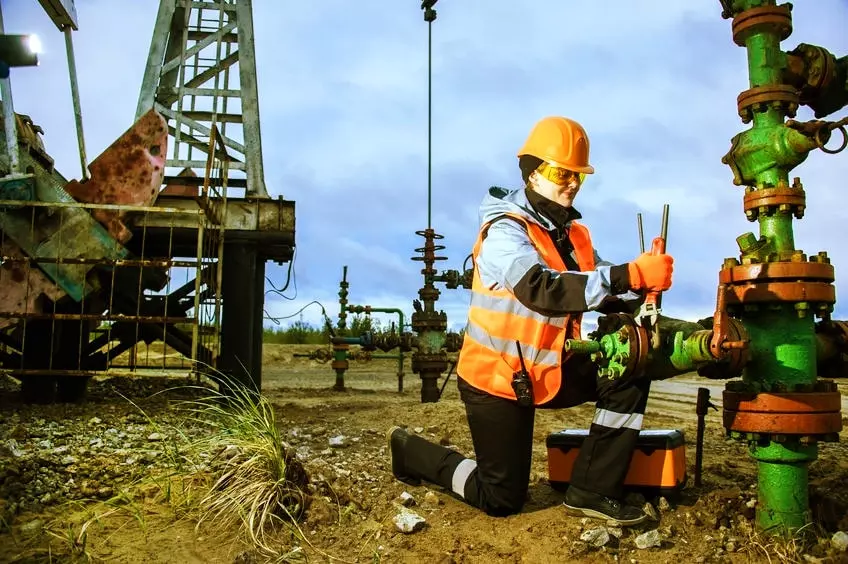1. Old school mentality of employers
Workplace safety is the responsibility of both the Field Service Business Owners and their employers. It all begins by knowing “your role” in demonstrating health and safety. Employers not only need to put a safety management system in place to ensure their sites, including all equipment and machinery, are safe for use, but also need to effectively communicate these procedures with technicians, apprentices and trainees.
“Smaller equipment on sites does not get inspected on a regular basis just to save time,” says Scott Altieri, who has been a Work and Safety Representative and an emergency response operator.

Scott, who is also specialised in confined space entries often deals with remarks like “I’ve been doing this for years” “it’s never happened to me or someone I know” “oh you’re just going over the top.”
“The old school mentality of ‘just get it done’ is a hard one to eliminate,” says Scott.
“I’ve found that the Health and Safety officers are basically a reactive measure and are mostly employed to mitigate damages to the host company. Rather than just focus on the injury, it needs to be proactive with the younger generation being taught preventative measures that have some impact or relevance. Show the younger guys the true damage that can be caused using real people that have had these things happen to them.”
2. Carelessness on part of the employees
Majority of the times the field workers themselves would go outside the procedure and get themselves or someone else in trouble.
While we hear all sorts of stories about how substance abuse and alcohol has left construction sites, it is still prevalent, putting not only the abuser at risk but also mates working alongside.
In Queensland alone, the number goes above 50% of adults and apprentices in the building and construction industry drinking alcohol at levels that puts them at risk of workplace accidents and injuries.
One victim of such an incident was David Conner, an arborist whose employer had workers using drugs on site. Those who were not using drugs were either untrained or would just not pay attention.
“I reported the drug and alcohol abuse and was treated like absolute shit for it. The boss made a show of looking like he was doing something about it, but did nothing,” David recalls.

One unfortunate day, when David was at work, a lowering rope was mishandled causing a large and heavy branch to swing towards him striking him in the head.
“My head injury was caused by pressure from management about time constraints, a lack of supervision and a lack of training for the ground crew. The guys who were on the lowering ropes weren’t using drugs that day. They were different guys, just green and not focused.”
Later, David entered a four year long battle for compensation which he successfully won. Unfortunately, David’s accident did not allow him to return to doing the same kind of job again and left him with chronic pain and a permanent impairment. It’s worthy to note, that anyone who has been in a similar situation should know that workers are protected under the model Work Health and Safety laws, including against discrimination and coercion for workers who raise WHS concerns. If issues cannot be resolved in the workplace, most regulators allow anonymous reporting of WHS issues.
3. Fear to stand up for your rights
While one cannot commend David enough for his decision to hold his employer accountable, there are few who don’t speak up out of fear of losing their jobs.
Tracy Hurkens, a boilermaker, crushed part of her hand and lost her right hand pinkie about 2 years ago after a drill head fell on her hand while repairing a drill rig. The lifting device was not certified and was actually made by a fitter she was working with.

When asked if she filed a suit, Tracy said it was not easy being a female. “I’ve always been the only female on my crews. If you stand up, you get classed as a weak and whining woman. And blokes won’t work with you,” Tracy said. “There are not many female boilermakers where I am, working on drill rigs and I didn’t push it further because I was worried I wouldn’t be able to get another job in that industry.
I basically went back to work on light duties after 4 days.” Luckily for Tracy the company went broke a year later and she was picked up by another drilling company straight after that. Fair Work Ombudsman and anti-discrimination laws under the Australian Human Rights Commission has powers in relation to stopping workplace bullying, like the one Tracy feared she might face.
4. Mismanaged worker compensation and victim blaming
In nearly all cases of workplace accidents, we see that when production is under the pump, safety goes out of the window.
Michelle Boyce, wife of a carpenter knows only too well what the impact a physical injury can have on someone’s life.
“I have experienced the trauma of my husband chopping his thumb 90 percent off with a drop saw. The employer removed the guard and then didn’t pay workers compensation. Mental, physical, financial and relationship breakdowns followed. My husband was suicidal and is trying to regain his sense of self identity as he can’t do the job the same anymore.”
Wrapping it Up
With 1 in 5 serious workplace injuries in Australia involving a Field Service Supplier, it’s time to stop playing the blame game and take action to ensure health and safety at work sites.
According to Safe Work Australia, the primary duty of care in the model WHS Act is placed on the person conducting the business i.e. an employer. The Employer should consider the work their apprentices will be doing and see if there is anything they can do to make it safer.
They must also provide any instruction, training and supervision required to safely carry out the work. However, it is also important to note that workers also have duties that include taking reasonable care for their own health and safety and the ones they are working with, comply with reasonable instructions, follow the health and safety policies or procedures they have been notified of, and if personal protective equipment (PPE) is provided, they must use it.
Note: Some of the names have been changed in order to protect the identities of the work place injury victims.
Hot off the press!

With our cutting-edge technology and in-depth knowledge of how the Field Service Management sector operates, the i4TGlobal Team loves to share industry insights to help streamline your business processes and generate new leads. We are driven by innovation and are passionate about delivering solutions that are transparent, compliant, efficient and safe for all stakeholders and across all touch points.




